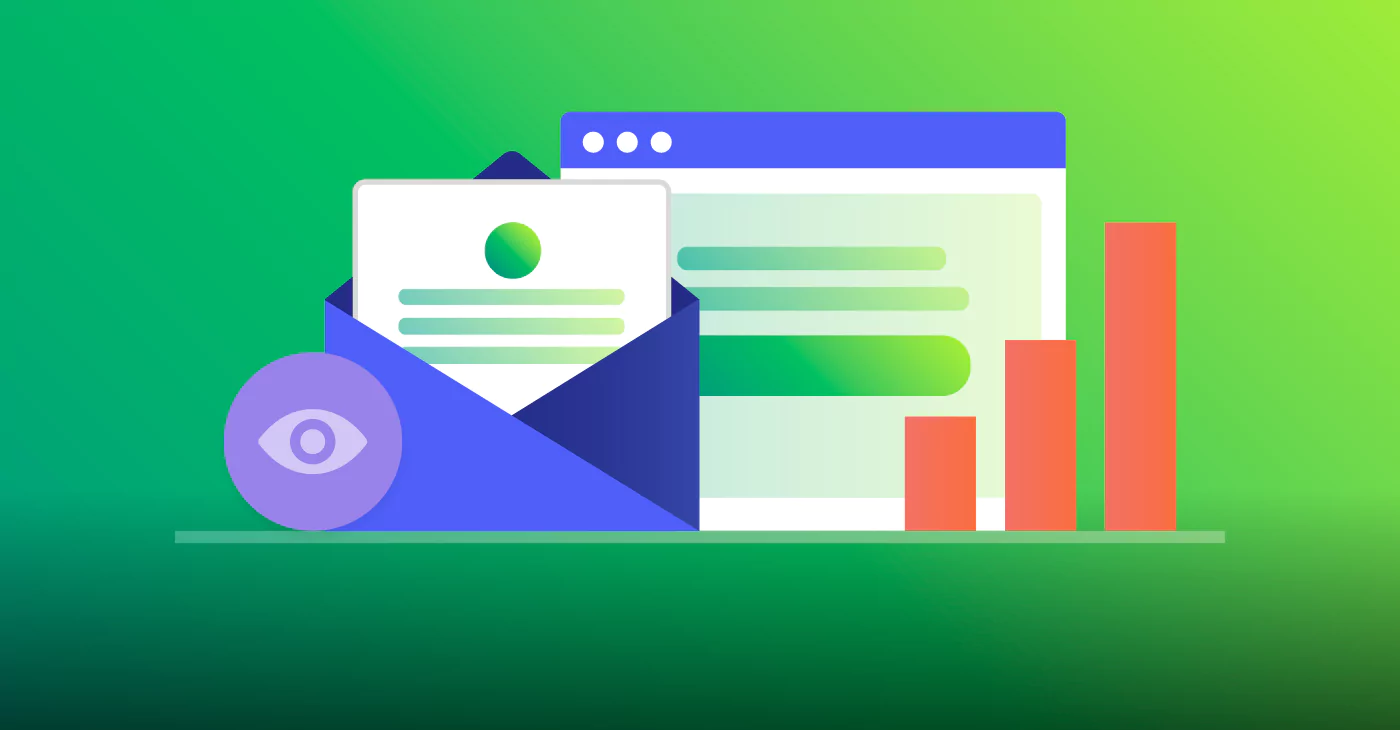
The world of fundraising for nonprofits is evolving rapidly with the advent of new technologies and tools. In the past, most fundraising was done through direct mail and telephone calls, but now, nonprofits have a wide range of digital tools at their disposal. From digital giving platforms and crowdfunding to peer-to-peer fundraising and email marketing, there are a plethora of ways that nonprofits can engage donors and raise more funds.
In this post, we will explore some of the latest trends and innovations in fundraising and how nonprofits can use these tools to achieve their fundraising goals.
Digital Giving
Digital giving is revolutionizing the way nonprofits raise funds and engage with donors. It is becoming an increasingly popular method of giving for donors, as it offers a convenient, secure, and efficient way to make donations.
With the rise of mobile and online payment systems, donors can now make donations quickly and easily from their smartphones or computers. According to a survey by the Nonprofit Tech for Good, 54% of donors prefer to give online, while 14% prefer to give via mobile. Therefore, nonprofits need to ensure that they have a user-friendly and secure digital giving platform to encourage donors to give.
Here are some ways that digital giving is shaping the future of nonprofits:
- Increased Accessibility: Digital giving platforms make it easier for people to donate from anywhere, at any time. This means that nonprofits can reach a wider audience beyond their local community and gain support from donors all over the world.
- Cost-Effective: Digital giving can be more cost-effective than traditional methods of fundraising. For example, online donation platforms often have lower transaction fees compared to credit card processing fees for offline donations.
- Greater Transparency: Digital giving platforms can offer greater transparency and accountability to donors. Donors can track their donations and see how their money is being used by the nonprofit. This builds trust and encourages repeat donations.
- Data Analysis: Digital giving platforms provide valuable data insights that can help nonprofits better understand their donors’ giving patterns, preferences, and behavior. This data can inform future fundraising strategies and help nonprofits to tailor their outreach to individual donors.
- Social Media Integration: Digital giving can be integrated with social media, allowing nonprofits to reach new audiences and tap into the power of social networks to spread their message and fundraising campaigns.
Peer-to-Peer Fundraising
Peer-to-peer (P2P) fundraising is a powerful tool for nonprofits as it enables them to tap into their supporters’ networks and expand their reach beyond their current donor base. Nonprofits can encourage peer-to-peer fundraising by providing tools and resources for their supporters to create and promote their fundraising pages.
Here are some ways that peer-to-peer fundraising is shaping the future of nonprofits:
- Expanding Reach: P2P fundraising enables nonprofits to reach new donors who may not have heard of their cause or organization. By empowering supporters to fundraise on their behalf, nonprofits can leverage their network to reach new people who may be interested in supporting their cause.
- Increased Engagement: P2P fundraising allows nonprofits to engage their supporters in a more meaningful way by giving them a sense of ownership and empowerment over the fundraising process. This can lead to deeper connections and a more loyal supporter base.
- Cost-Effective: P2P fundraising can be more cost-effective than traditional fundraising methods as nonprofits can rely on their supporters to raise funds on their behalf, reducing the need for expensive marketing campaigns or staffing.
- Leveraging Technology: Advances in technology have made it easier than ever for nonprofits to set up P2P fundraising campaigns and for supporters to create and share fundraising pages. Nonprofits can use online tools to track donations, communicate with their supporters, and analyze their campaign data.
- Building Community: P2P fundraising helps to build a sense of community around a cause. Supporters can create teams, share their progress and achievements, and participate in events together. This sense of community can strengthen relationships between the nonprofit and its supporters, as well as between supporters themselves.
Crowdfunding
Crowdfunding involves using an online platform to raise money from a large number of people. Crowdfunding campaigns are often used to fund specific projects or events, and they can be an effective way for nonprofits to reach a wider audience and generate buzz around their cause. Crowdfunding campaigns can also be used to test new fundraising ideas and gauge donor interest before investing in a larger campaign.
Here are some ways that crowdfunding is shaping the future of nonprofits:
- Access to Funding: Crowdfunding provides nonprofits with a platform to access funding from a large number of donors. Nonprofits can launch a campaign and ask their supporters and the general public to donate to their cause.
- Greater Transparency: Crowdfunding platforms provide greater transparency and accountability to donors, as they can track how their donations are being used and the progress of the campaign. This transparency can build trust with donors and encourage repeat donations.
- Increased Engagement: Crowdfunding can be used as a tool to engage with supporters and build a community around a cause. Nonprofits can create compelling stories and messaging around their campaign, which can help to build awareness and mobilize support.
- Amplifying Reach: Crowdfunding can help to amplify the reach of a nonprofit’s message and campaign. Crowdfunding campaigns can be easily shared on social media platforms, enabling supporters to share the campaign with their friends and family and increasing the reach of the campaign.
- Innovation: Crowdfunding is an innovative approach to fundraising that enables nonprofits to experiment with new ways of engaging with donors and raising funds. Nonprofits can use crowdfunding to test new fundraising ideas, products, or services and gain valuable feedback from their supporters.
Email Marketing
Email marketing is a powerful tool for nonprofits, as it allows them to communicate directly with donors and supporters. Email marketing can be used to share news and updates about the nonprofit’s work, promote fundraising campaigns, and thank donors for their support. Email campaigns can be personalized to each donor based on their giving history and interests, making them more engaging and effective.
Here are some ways that email marketing is shaping the future of nonprofit giving:
- Personalization: Email marketing allows nonprofits to personalize their messaging and tailor their communications to individual donors. By using data insights, nonprofits can segment their donor base and create personalized content that resonates with each group.
- Increased Donations: Email marketing can help nonprofits to increase donations by reminding donors of their impact and encouraging them to give. Nonprofits can use email campaigns to showcase the impact of donations and highlight the urgent needs of their cause.
- Cost-Effective: Email marketing is a cost-effective way for nonprofits to communicate with their donors. Compared to traditional direct mail, email campaigns can be produced and sent at a lower cost, freeing up resources to invest in other areas.
- Automation: Email marketing automation allows nonprofits to streamline their communications and save time. Nonprofits can set up triggered emails, such as welcome emails, thank you emails, or donation confirmation emails, to be sent automatically to donors, which can improve the donor experience.
- Analytics: Email marketing analytics provide valuable data insights that can help nonprofits to measure the success of their campaigns and optimize their strategy. Nonprofits can track email metrics like open rates, click-through rates, and conversion rates to see what works and what doesn’t and adjust their approach accordingly.
Leveraging These Tools
To effectively leverage these tools, nonprofits need to have a solid understanding of their target audience and what motivates them to give. Nonprofits should also have a clear message and a compelling story that resonates with potential donors. Nonprofits should focus on building relationships with their donors and engaging them in the organization’s work. This can be done through regular communication, personalized messaging, and donor recognition.
The future of fundraising for nonprofits lies in leveraging digital tools and platforms to engage donors and raise more funds. Digital giving, peer-to-peer fundraising, crowdfunding, and email marketing are just a few of the many tools that nonprofits can use to achieve their fundraising goals. By understanding their audience and using these tools effectively, nonprofits can build strong relationships with their donors and make a positive impact on their cause.
To learn more about how Benchmark Email benefits nonprofits, click here.





